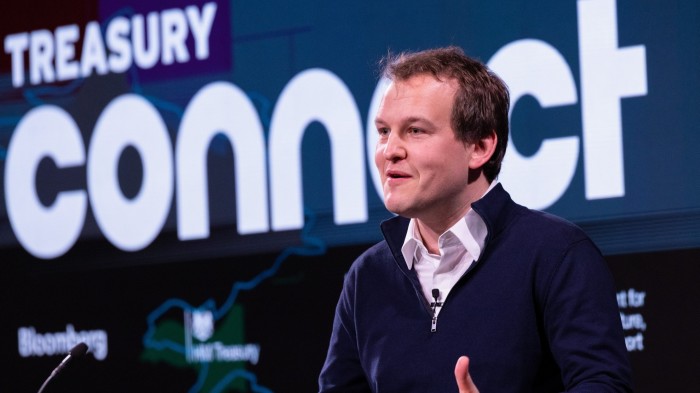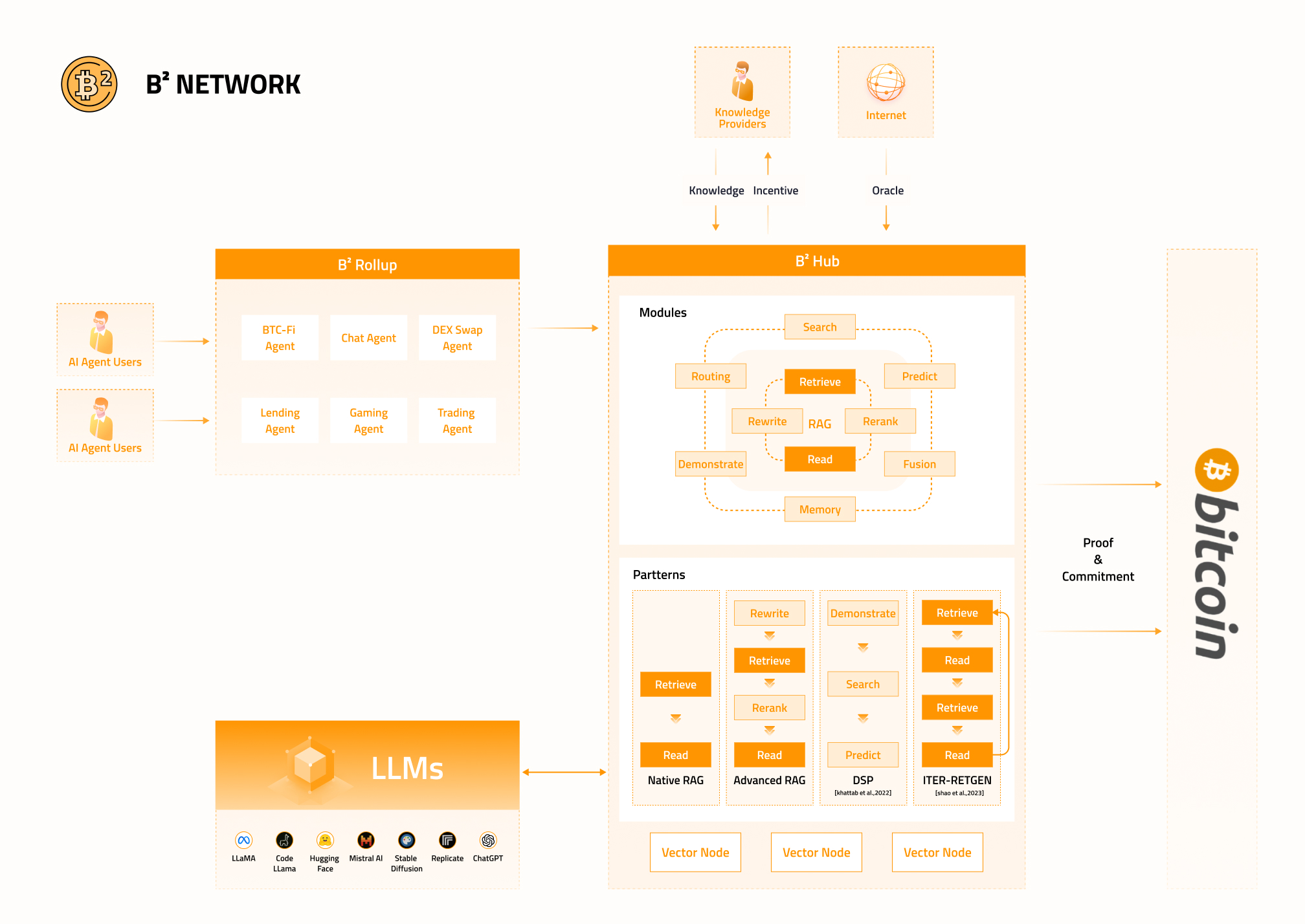Infosys co-founder S. Gopalakrishnan, also the President of Infosys Science Foundation, in discussion with businessline, highlights the importance of enhancing STEM education in India, and the need for increased deep tech and research funding to drive innovation and growth in the country.
What was the idea behind the inception of the Infosys Prize? How has it panned out so far?
The idea was to inspire India’s youth to take on careers in science, social sciences, economics, and research, and create icons so that we have exemplars from India the youth look up to. We want heroes in research. The second objective is to reward their work. Initially, our focus was to look at people younger than 50, but last year, we had a review and felt that world over, younger people are coming to the forefront. We wanted to identify people early in their careers and inspire them to do bigger things. So, we changed the cut-off this year. The laureates, starting this year, will be 40 years or younger.
The purpose has remained the same in identifying excellent research, scientists, and showcasing their work, getting them to speak to students and PhD scholars. Hopefully, more people will take on careers in science and broader research.
What is the status of STEM education in India? Is there scope for improvement?
There is always scope for improvement. We don’t feature in the top 100 universities in the world. There have been some improvements in the rankings, and it is an ongoing process. Having said that, the output of our institutions is today appreciated worldwide. They run some of the largest corporations. 20 to 30 per cent of the faculty around the world are of Indian origin. The world is coming to India for IT and R&D. We have around 1,800 global capability centres, with most doing high-end work and research.
From a talent perspective, especially considering the top 10 per cent, our students are as good as anybody. But we have to improve on the research side, especially translational research, which is taking that research to products and technology.
There are three segments to consider — research, translational research, and entrepreneurial activity. In research, we are making some improvements; I see better-quality papers coming and better-quality start-ups on the entrepreneurial side. We are seeing deep tech start-ups coming. There are still challenges regarding products and technologies with global impact, but it is starting to happen. We need to do more work on translational research, which is taking the ideas from the lab to market. There is a funding issue and an issue of motivation because our education system only rewards those publishing papers.
If you are a professor and take a three-year break to do a start-up, monetarily you may have benefited, but there is no feedback into the career. Infosys Prize has also played a role in raising the quality of research and showcasing world-class research in India.
What is the existing funding issue when it comes to research?
We need more from philanthropy. Some of the largest philanthropies in India support healthcare and education, which is much needed because they are serving immediate needs. However research is a long-term benefit. Now, I’m seeing more philanthropies coming forward to support research.
Second, we need to get the industry to support research, especially translational research. The industry must collaborate more with academic institutions. We want academia to reach out to industry and vice versa. We also need the industry to invest more in research.
Only about 0.5 per cent of the GDP comes from industry. The remaining, of the 0.7 per cent, comes from other sources, including the government and philanthropy. So, the industry has to increase its investment in research. Because of the stage of development India is in, this is the right time to shift the focus to products and technology. Even the Prime Minister now talks about a product nation.
I’m hoping in the next 10 years, we will see increased investment by industry in research within and outside the company in academia and research institutions. Today, the total investment between the government and private sector is 0.7 per cent. I have been saying that it should go to 3 per cent, almost a five-fold increase.
We have created the third largest start-up ecosystem in the world and are attracting $10 billion-plus funding every year into our start-up ecosystem. In the last 10 years, one major success is we have over 100 unicorns. We need to now incubate deep tech start-ups and this is where incubators in places like IISc help, but we need to address the challenge of deep tech start-ups having a longer cycle time, thereby requiring patient risk capital.
We need a domestic policy to encourage purchases from these start-ups. The ideas are known, but implementation takes time, starting with money. That’s why, we need deep tech VC funds focused on these deep tech companies.
Through national missions, be it the mission on Interdisciplinary Cyber-Physical Systems, the semiconductor mission, or the AI mission, government support is increasing. However, we need corresponding increases from the private sector and philanthropy, whilealso incentivising scientists to pick up on the translational side.
While India is known for its IT talent, not a lot of ground-breaking innovations like AI/Gen AI are rooted in the country. When might this change?
It’s not a problem of talent, which is a good thing, but an issue with the money and risk funding available for R&D. We don’t have a billion-dollar VC fund in India. Open AIraised $6.6 billion recently, but how many funds in India can put in that kind of money? This is a very complex problem to address.
There is an effort to look at solutions like increasing the funding for research, translational research, and deep tech start-ups. We don’t have enough deep tech VC funds, at leastnot to the size of what the US has. In China, the model is the government funds start-ups also. In India,we would like to see a mix of the public sector, government, and private sector creating these funds. I believe the ball is in the private sector court.That’s where we need to see larger funds being created and larger initiatives in deep tech, a segment which typically has a long gestation time. You need the ability and the stamina to run a marathon, but also the money. As we become a larger economy, we will see this happen.
Published on January 12, 2025







Leave a Comment